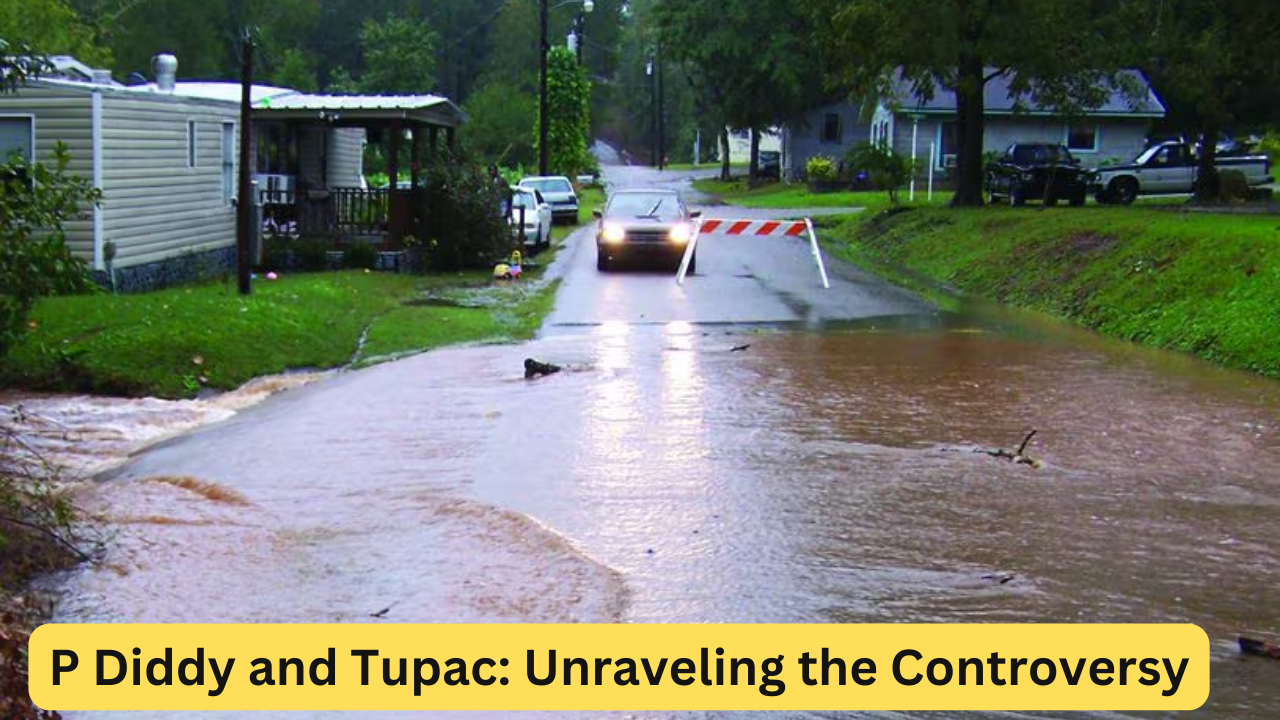Natural disasters are a reminder of the unpredictable power of nature. Among these, flash floods are particularly dangerous due to their sudden onset and rapid development. Understanding the flash flood warning meaning is crucial for ensuring safety and preparedness. In this article, we will explain what a flash flood warning means, how it differs from a flash flood watch, and what actions you should take when a warning is issued.
What is a Flash Flood Warning?
A flash flood warning is an urgent alert issued by weather authorities indicating that a flash flood is imminent or already occurring in your area. This warning signifies immediate danger to life and property, requiring swift action to protect oneself and one’s surroundings. Flash floods can develop within minutes to hours of heavy rainfall, dam breaks, or rapid snowmelt, making it essential to respond quickly to a warning.
Flash Flood Warning vs. Flash Flood Watch
Understanding the distinction between a flash flood warning and a flash flood watch is vital for interpreting weather alerts correctly:
- Flash Flood Watch: Issued when conditions are favorable for flash flooding. It means that flash floods are possible, but not yet occurring. A watch serves as a heads-up to stay informed and be prepared to take action if the situation escalates.
- Flash Flood Warning: Issued when flash flooding is imminent or already happening. It means immediate action is required to protect life and property. A warning indicates a more severe and urgent situation compared to a watch.
Causes of Flash Floods
Flash floods can be triggered by various factors, each contributing to the rapid accumulation of water in a short period:
1. Heavy Rainfall
Intense and prolonged rainfall is the most common cause of flash floods. When the ground becomes saturated and can no longer absorb additional water, runoff accumulates quickly, leading to flash flooding.
2. Dam or Levee Breaks
Structural failures of dams or levees can release large volumes of water suddenly, causing downstream areas to flood rapidly. These events can be particularly devastating due to the sheer volume and speed of the water released.
3. Rapid Snowmelt
In mountainous regions, a sudden rise in temperatures can lead to rapid snowmelt, overwhelming rivers and streams. This influx of water can result in flash floods, especially if the ground is already saturated or frozen.
4. Urbanization
Urban areas with extensive concrete and asphalt surfaces are more prone to flash floods. These surfaces prevent water from being absorbed into the ground, causing rapid runoff and flooding in low-lying areas.
What to Do When a Flash Flood Warning is Issued
Receiving a flash flood warning means taking immediate action to ensure your safety. Here are essential steps to follow:
1. Move to Higher Ground
If you are in a flood-prone area, evacuate to higher ground immediately. Avoid walking or driving through floodwaters, as they can be deeper and more dangerous than they appear.
2. Stay Informed
Monitor weather updates and alerts through reliable sources such as the National Weather Service, local news, and weather apps. Stay informed about the situation and any additional warnings or advisories.
3. Avoid Low-Lying Areas
Avoid basements, low-lying areas, and locations near rivers, streams, or drainage systems. These areas are most susceptible to rapid flooding and can pose significant risks.
4. Follow Evacuation Orders
If local authorities issue evacuation orders, comply promptly. Evacuations are ordered for your safety, and delaying or ignoring them can put you at severe risk.
5. Prepare an Emergency Kit
Have an emergency kit ready with essential supplies such as water, non-perishable food, medications, flashlight, batteries, and important documents. Being prepared ensures you have what you need if you need to evacuate quickly.
6. Avoid Driving Through Floodwaters
Never attempt to drive through flooded roads. Just six inches of moving water can knock a person off their feet, and one foot of water can sweep away a vehicle. Turn around and find an alternative route if you encounter floodwaters.
Impact of Flash Floods
Flash floods can have devastating consequences, including loss of life, property damage, and environmental impact. Understanding the potential risks underscores the importance of heeding flash flood warnings:
1. Loss of Life
Flash floods can be deadly, especially if individuals are caught off guard or do not evacuate in time. Rapidly rising waters can trap people in homes, vehicles, and other locations, leading to fatalities.
2. Property Damage
Homes, businesses, and infrastructure can suffer extensive damage from flash floods. Water can destroy buildings, roads, bridges, and utilities, resulting in costly repairs and economic losses.
3. Environmental Impact
Flash floods can cause erosion, sedimentation, and water pollution. The sudden influx of water can disrupt ecosystems, harm wildlife habitats, and contaminate water sources with debris and pollutants.
Conclusion
Understanding the meaning of the flash flood warning is essential for ensuring your safety and preparedness during severe weather events. A flash flood warning indicates imminent danger and requires immediate action to protect life and property. By staying informed, moving to higher ground, and following safety guidelines, you can minimize the risks associated with flash floods. Always prioritize your safety and the safety of others when a warning is issued, and be prepared to respond swiftly to changing conditions.
